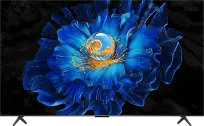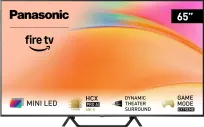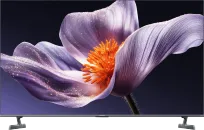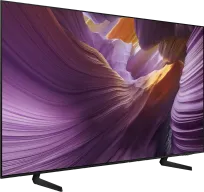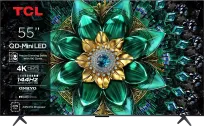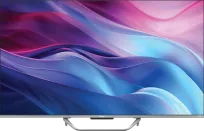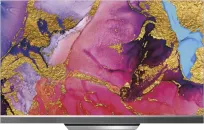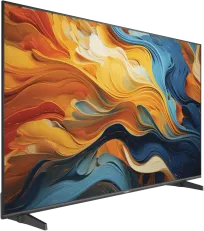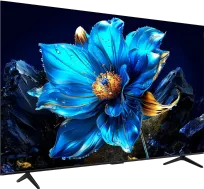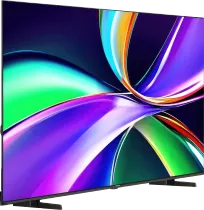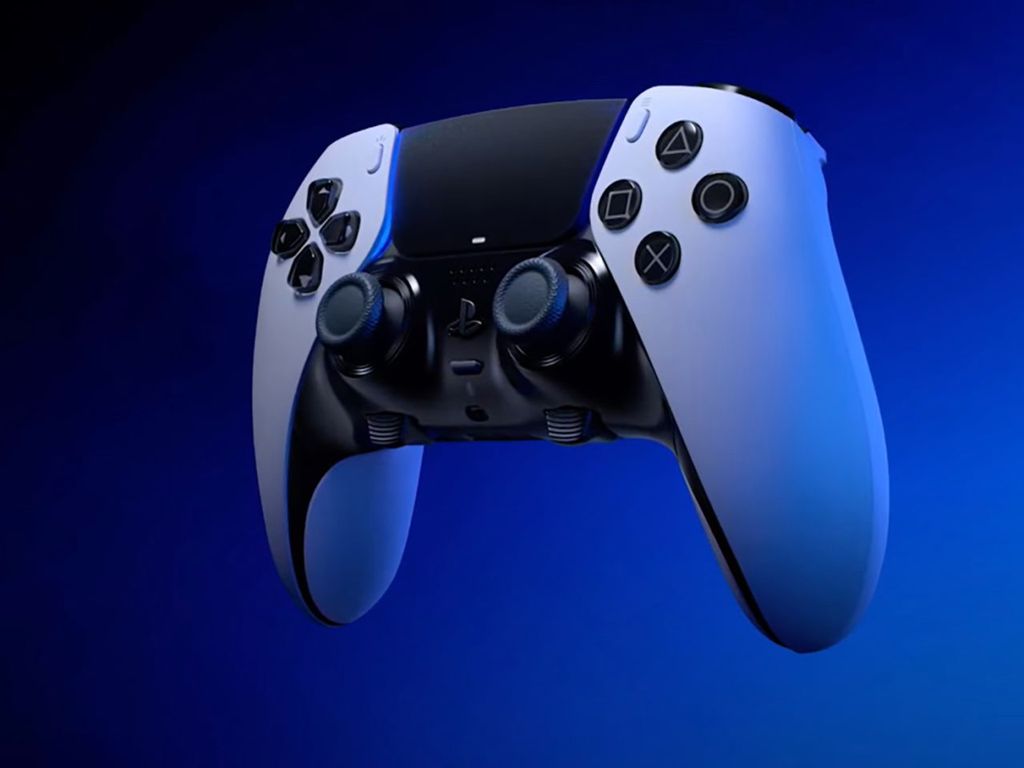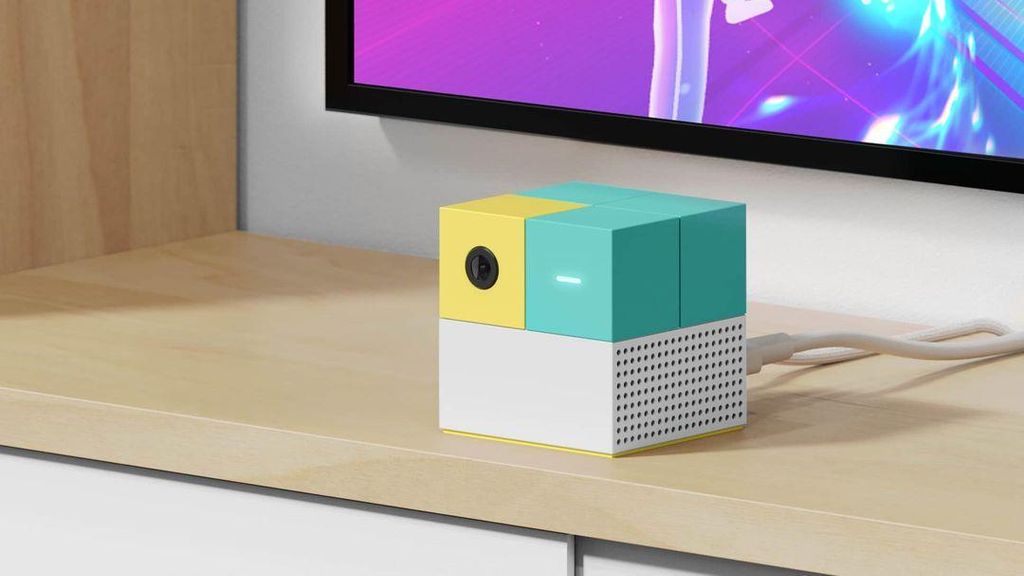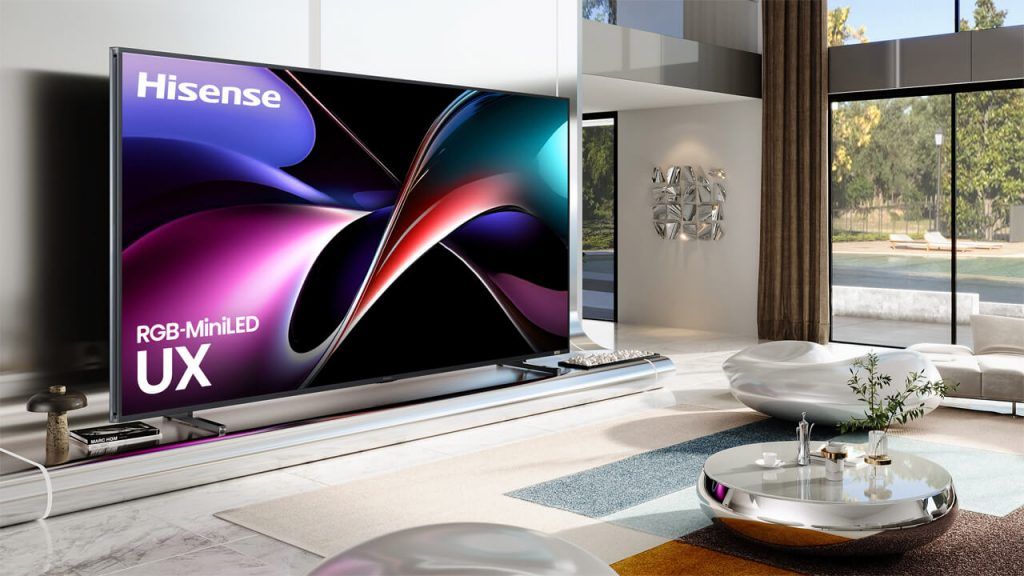
The TV that we saw not long ago as a prototype at the fair has just arrived in Warsaw. The Hisense 116UXQ model can already be seen live at the Audiocolor showroom outside Warsaw – and it is the first ready-made product using RGB MiniLED technology. Sounds interesting? Definitely yes, because it’s more than just another “bright screen with a thousand zones.”
What is RGB MiniLED really, without the marketing?
Most MiniLED televisions use white or blue LEDs with a layer of quantum dots that later give the image its colors. Hisense took a different route – instead, it used RGB diodes, which are separate red, green, and blue light sources. In practice, this means that the screen does not need additional color filters, and the light we see is purer and more natural. This is an extension of the MiniLED concept, but with a significant difference – the diodes are not only smaller but also “full-color,” consisting of three smaller diodes: Red, Green, and Blue. Thanks to the use of these smaller, full-color diodes, we achieve: Better brightness, richer colors, and potentially lower energy consumption.
Brightness at 5000 nits. Yes, five thousand.
In tests conducted by our editorial team, in Filmmaker mode, Hisense 116UXQ achieved nearly 5000 nits on the test pattern. This is one of the highest results we've ever measured in a TV of such a large size.
On real scenes, the values are of course lower – as with any MiniLED – but the level still makes a huge impression. In everyday viewing, this means that the television performs excellently even in very bright rooms, and HDR actually looks like HDR. Color palette? Over 90% coverage of the BT.2020 color space, which effectively places this model above most QLEDs and even higher than some QD-OLED panels. The colors are simply more “vivid”!
116 inches of pure light!
There’s no denying it – it’s a huge television. 116 inches makes almost every movie look like a theater experience, as long as you have a wall that can support it. The 4K resolution at this size still makes sense – the pixel density is sufficient to see every detail from the couch. On top of that, there’s a 165 Hz refresh rate with VRR support and a full HDMI 2.1 package, so the 116UXQ is not afraid of next-gen consoles. Low input lag and a full bandwidth of 48 Gb/s do their part – games in HDR look truly impressive here.
Audio and details that make a difference
It's also worth mentioning the sound, because Hisense did not cut corners. Inside, we find a 6.2.2 system created in cooperation with Devialet and Opéra de Paris, which truly delivers spatial, powerful sound. You don't need a soundbar to feel the cinematic effect. The screen has been covered with a Anti-Reflection PRO coating, and the AI Chroma Light Sensor automatically adjusts brightness and color balance to the lighting in the room. It's a detail, but it makes a difference – especially at such high luminance.
Revolution? No. But a very strong step forward
Is RGB MiniLED a revolution? Marketers would probably say yes, but we prefer the word evolution. An evolution towards increasingly precise, colorful, and energy-efficient backlighting. Hisense has shown that MiniLED still has a lot to offer – and that there is room for improvement in what many already considered the "peak" of this technology. Brightness, color reproduction, and the enormous scale of 116 inches do their part.
When the 116UXQ model arrives in our lab, we will thoroughly check contrast, blacks, and viewing angles. But even now we can say one thing – Hisense has entered the premium segment with great confidence.
 Katarzyna Petru
Katarzyna Petru